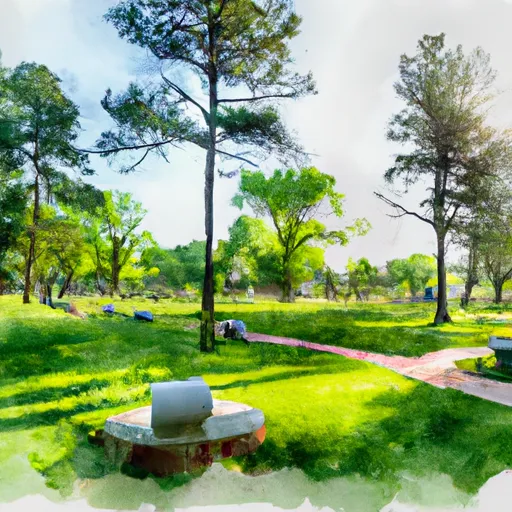Summary
Summers in Tulsa are typically hot and humid, with temperatures frequently exceeding 90°F (32°C), while winters are usually mild to cool, with occasional cold snaps bringing temperatures below freezing. Spring and fall seasons showcase mild temperatures and occasional thunderstorms.
Tulsa is located near the Arkansas River, which serves as a vital hydrological component. The river provides a source of water for the city and supports various recreational activities such as boating, fishing, and kayaking. Tulsa also boasts several beautiful lakes, including Keystone Lake, Oologah Lake, and Skiatook Lake, which offer additional opportunities for water-based recreation, including swimming, sailing, and water skiing.
In addition to its hydrological attractions, Tulsa provides numerous outdoor recreational opportunities. The city features a vast network of parks and trails, such as Turkey Mountain Urban Wilderness Area, Mohawk Park, and River Parks, allowing residents and visitors to engage in activities like hiking, biking, and picnicking. Tulsa is also known for its golf courses, offering golf enthusiasts plenty of options to enjoy their favorite sport.
Overall, Tulsa's climate, hydrology constituents, and range of outdoor recreation opportunities make it an attractive destination for both nature enthusiasts and those seeking an active lifestyle.
Weather Forecast
Tulsa receives approximately 1026mm of rain per year, with humidity levels near 81% and air temperatures averaging around 16°C. Tulsa has a plant hardyness factor of 7, meaning plants and agriculture in this region tend to thrive during the non-winter months.

 Owen Park
Owen Park
 Plaza of the Americas
Plaza of the Americas
 B S Roberts Park
B S Roberts Park
 Cathedral Square
Cathedral Square
 Newblock Park
Newblock Park